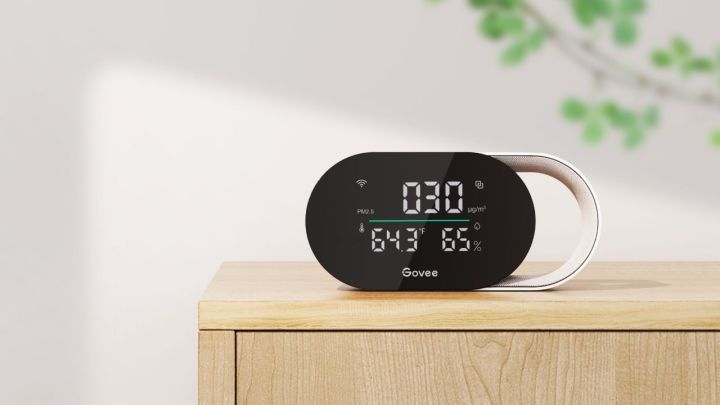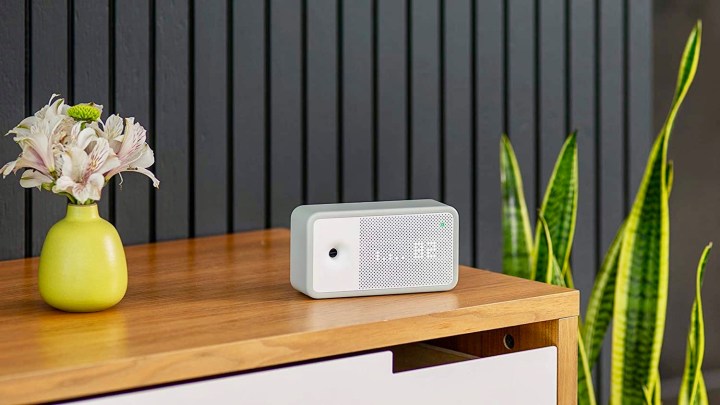We’re in the midst of wildfire season, and places across the country have already seen their fair share of wildfire smoke. From Los Angeles to New York City, pollution from wildfires has become a growing concern. And even if there’s no smoke, your breath can be low because of small particles like pollen, dander, dust, and other small things.
Air purifiers is a great way to keep your home clean and free of pollutants, but what about air quality monitors? Are air quality monitors worth buying, or are they unnecessary for most households?
Here’s a closer look at air conditioners, what they can offer, things to consider when buying one, and whether they’re worth the money.
What is an air quality monitor?
An air quality monitor measures small particles in the air to show you how healthy your air is. From wildfire smoke and pollutants to pet dander and dust, air quality monitors are designed to measure a wide range of pollutants.
These often work independently of air purifiers, meaning that air purifiers will do nothing to clean your air. Instead, they are designed to give you a better indication of the health of your home and tend to do a better job than the sensors built into your air conditioner.
They are especially useful during wildfire season, as they can give you a complete picture of your indoor air quality and help you determine the best ways to reduce your exposure to nearby smoke.
Things to consider when buying an air conditioner

One of the most important things to consider when buying a gas monitor is what the device can measure. Air quality monitors come in all kinds of price ranges – and the more you spend, the more sizes you get. Most products measure temperature, humidity, and PM2.5 (particulate matter with a diameter of 2.5 micrometers or less), while others include particulate matter, carbon dioxide, and carbon monoxide measurements.
In addition to more measurement, cheaper products often tend to provide more accurate readings, which is important to keep in mind before getting the cheapest monitor you can find. Expect to spend at least $100 on a solid air conditioner, although you can find good options with starters for around $50 – such as Govee Air Quality Monitor.
You’ll also want to look for additional features like smart home connectivity or other apps. Interactive software is very useful, because it gives you a way to check your air quality profile or monitor your home remotely.
Installation is usually not an issue with air monitors, as most are designed to sit on a table or desktop (so you won’t need to break out any equipment to get them working). However, you will want to check their overall size and whether they can be mounted if you want to have them on a wall.
Who can benefit from an air conditioner?

Good ventilation is probably not necessary in most homes. But if you live in wildfire country, have a problem with the weather, or are dealing with health concerns that grow from indoor air pollution, bringing one into your home is a smart decision. This will help you know when your breath is getting low and give you more information on how to fix the problem.
Not only are most air quality monitors incredibly inexpensive, but they are also easy to use and easy to install. They can also help you determine if your air purifier is working as well as you want it to – or if it’s time to clean the ducts on your HVAC system.
Smoke from the wildfires has been sweeping across the country in alarming numbers, with cities like Chicago and New York experiencing worse-than-ever levels of air pollution. It is not a bad thing to carry a cheap price like Eve Home Air Quality Monitor or Govee Air Quality Monitorbecause it can help if smoke starts blowing during wildfire season.
Anyone who does not fall into one of the above categories can skip this smart supplement. But if you decide to choose one, consider starting your research with a list of good air conditioners.
Editor’s Note